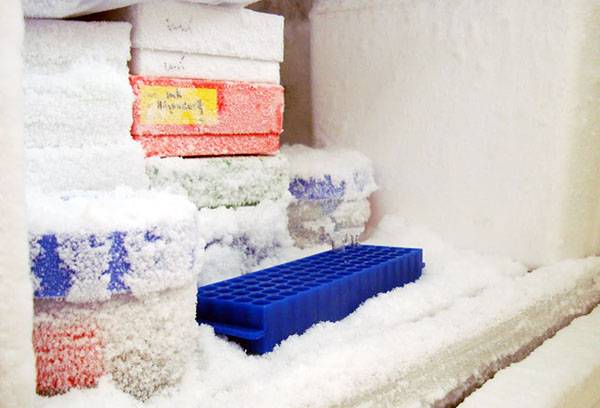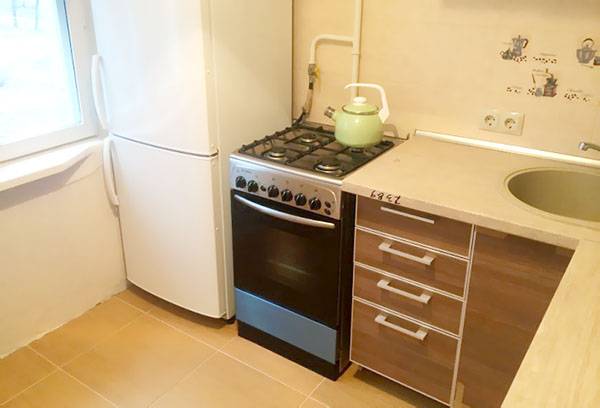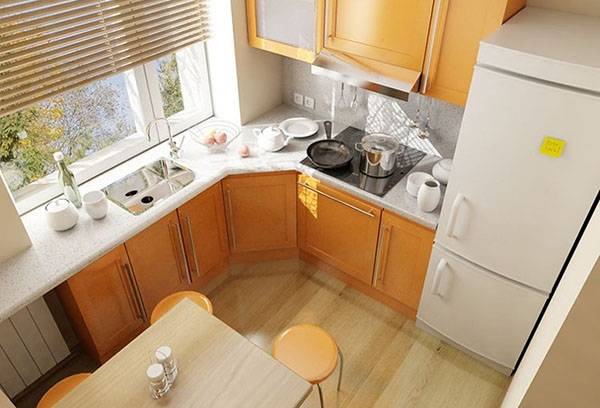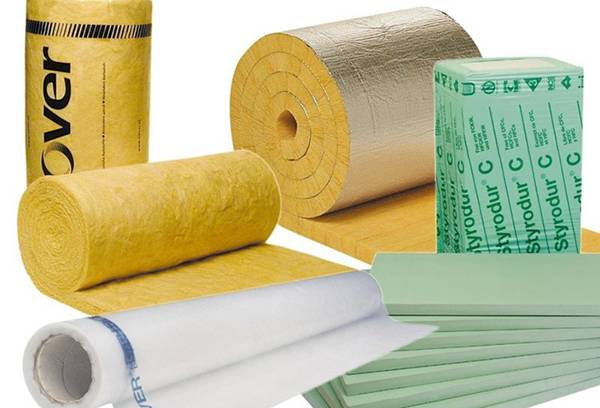Is it possible to place a refrigerator next to a gas or electric stove?
A kitchen of a small area requires some ingenuity from the apartment owners, because they have to carefully think through the placement of individual parts of the kitchen unit. The biggest doubt is about placing the refrigerator next to the stove - is it possible to place household appliances this way or will it harm the equipment? Poor location really leads to negative consequences. However, they can be prevented.

Consequences for the refrigerator
If you place the stove next to the refrigerator, then more damage will be done to the latter. Let's figure out how equipment can suffer in this case.
- A refrigerator standing next to a gas stove will not work any worse. It is insulated, so external influences will not affect the temperature inside. But if its surface heats up more, then to maintain the required temperature the unit will work in enhanced mode. Because of this, electricity consumption will increase. In addition, the increased load on the compressor will significantly reduce the service life of the device.
- Insufficient distance between the refrigerator and the stove may cause uneven cooling. Due to heating, even on one side, the compressor will start to work harder. In this way, the heating in the part of the device next to which the stove is located is compensated, and the temperature there will become normal.But on the other half, where such strong cooling is not required, ice will appear. And the temperature difference will not benefit the products.
- Another reason not to place the stove next to the refrigerator is purely practical. While cooking food, droplets of fat fly in different directions every now and then. If positioned incorrectly, you will end up with a refrigerator under the gun, which will have to be washed several times a day.
You are probably wondering whether it is possible to place an electric stove next to a refrigerator, because only gas stoves cause such harm. Although electric ones heat nearby objects less, they should also not be kept next to other household appliances. But the precautions for placing this type of slab are less strict, which will be discussed in more detail below.
Other consequences
You may be lucky and the small distance between the refrigerator and the stove will not shorten the life of the appliance. But other disadvantages of such a neighborhood will become noticeable very quickly.
- Taking out food or putting it away will not be as convenient as if a table separated the stove from the refrigerator.
- The handles of the pans will either rest against the wall of the unit or protrude into the passage. But this also takes up space in the kitchen.
But you don’t have to worry about the aesthetic component. On the contrary, a stove and refrigerator similar in style, in addition to performing their direct functions, can complement the design of the room.
How to position the refrigerator and stove correctly
How to protect household appliances and optimize their location in the kitchen? It is believed that the minimum distance between the refrigerator and the stove should be twenty centimeters.
The magazine purity-en.htgetrid.com advises: check the instructions for your equipment, as different models have different standards. For example, Bosch recommends placing a gas stove at a distance of thirty centimeters. The manufacturer Zanussi indicates the value of fifty centimeters in the instructions. A table will fit between the appliances, making cooking much more convenient.
But for electric stoves, the distance is completely different, since they heat the units next to them several times less. For Bosch equipment, an opening of three centimeters is installed. Zanussi - five.
How to protect your refrigerator
If the required distance between the refrigerator and the stove cannot be established, then care must be taken to create insulation that will help reduce harm to a minimum.
A large number of materials are suitable for making insulation. They can be divided into two large groups. They all have both advantages and disadvantages. Unfortunately, there is no ideal material for insulation yet. But installing protective sheets does not require a significant investment of time and money (although expensive materials are also available), so replacing them as needed will not be a problem.
Isolation products are divided into two groups:
- organic;
- inorganic.
Organic ones include:
- Styrofoam;
- chipboard;
- reeds;
- textolite;
- cork sheet.
Advantages of this type of insulation:
- non-toxic (which is important, because the sheet will constantly be exposed to high temperatures);
- moisture resistance.
Minuses:
- the likelihood of deformation due to heating, which makes these materials unsuitable for a refrigerator located near a gas stove;
- high price.
The list of inorganic materials is somewhat smaller:
- fiberglass;
- drywall;
- mineral fiber.
Positive aspects of inorganic materials:
- Low price;
- Temperature resistance.
Negative:
- At high humidity, such insulation becomes useless.
Installing protection is simple. And, as mentioned above, there is a possibility that the insulation will have to be changed periodically. Therefore, it is best to use double-sided tape for fastening. It will hold the sheet tightly, but removing it will not be difficult. If you use organic materials, it is worth covering them with film to improve the appearance.


